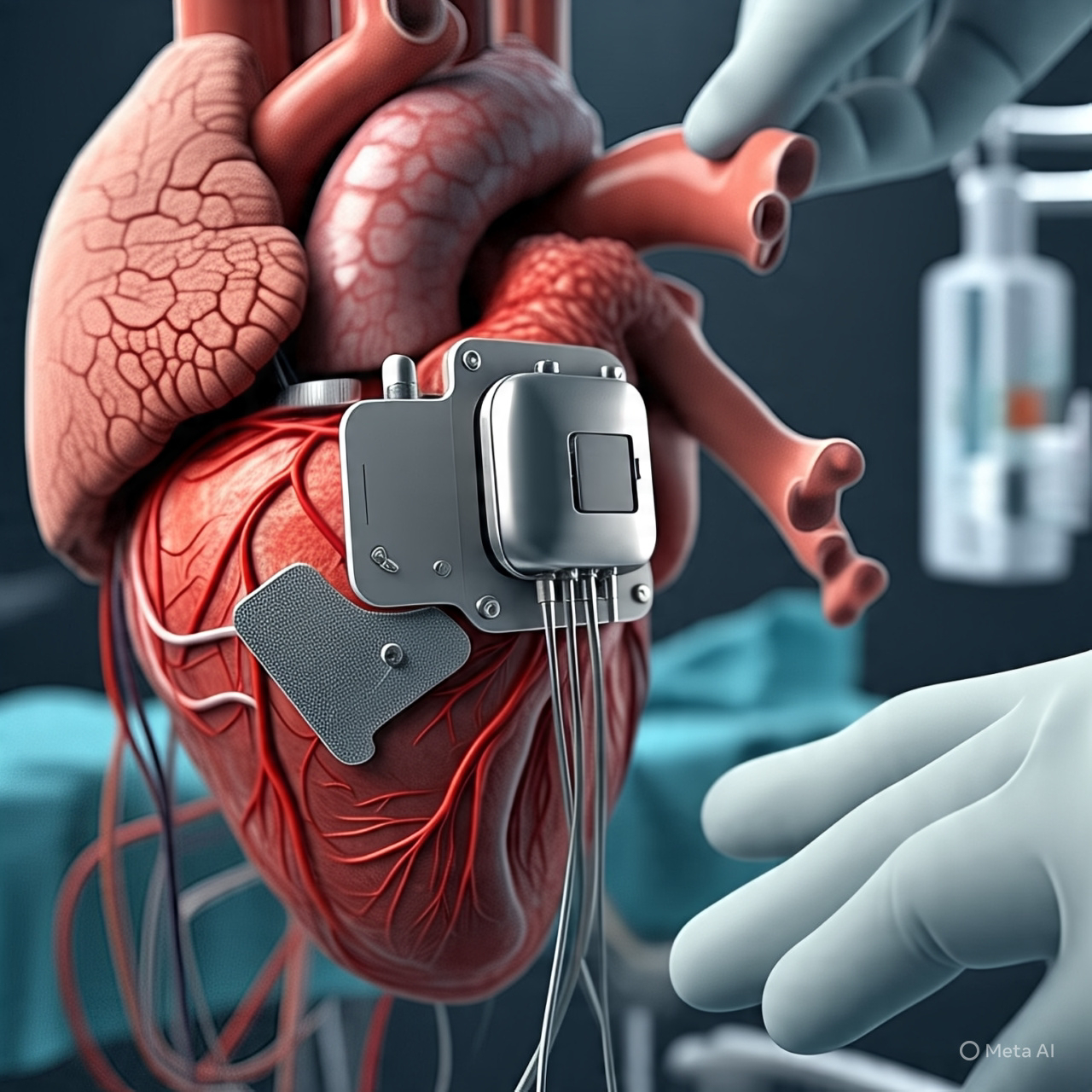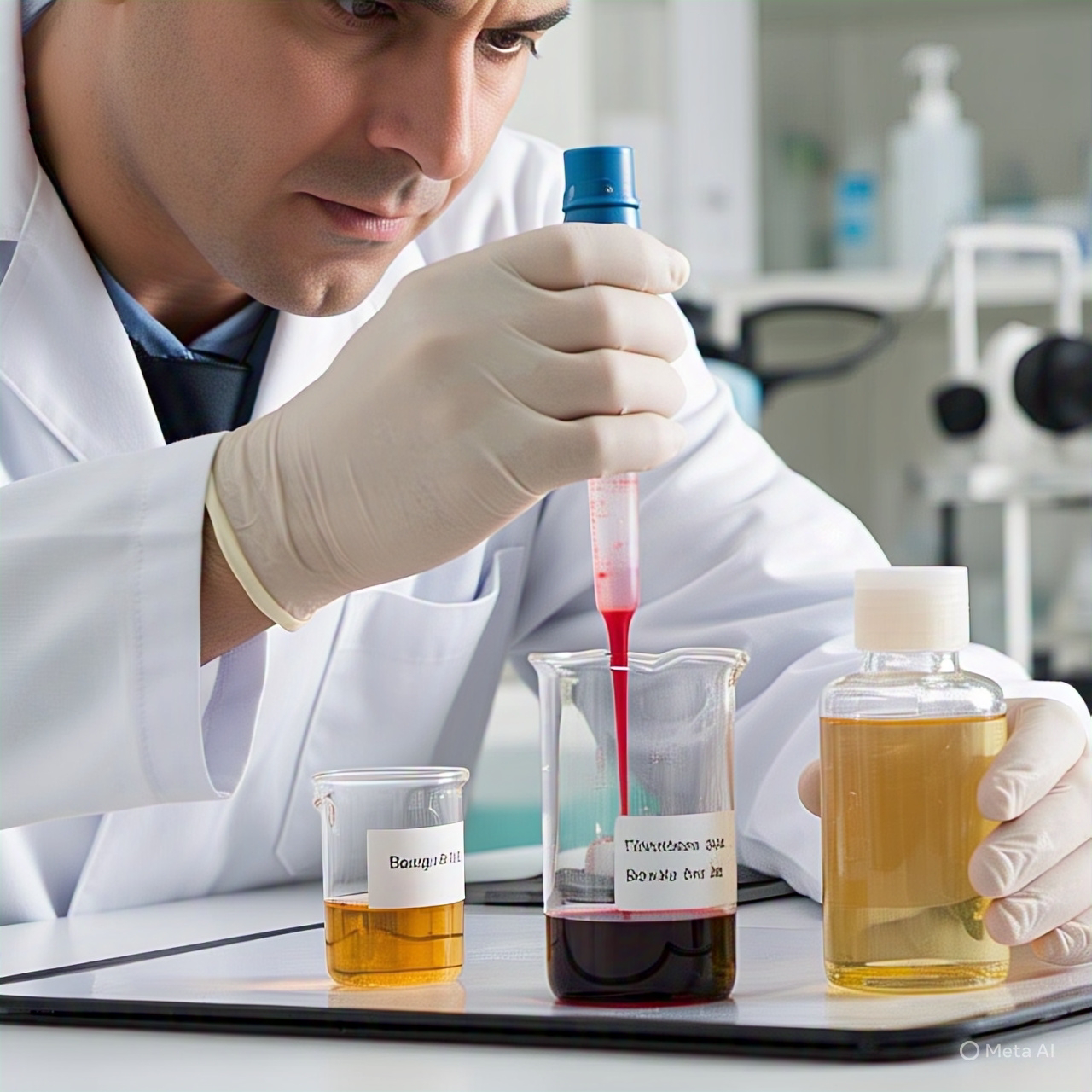What is Pacemaker?

A pacemaker is a small device that's placed under the skin in your chest to help control your heartbeat. It's used to help your heart beat more regularly if you have an irregular heartbeat (arrhythmia), particularly a slow one. Implanting a pacemaker in your chest requires a surgical procedure. Types of pacemakers- Depending on your condition, you might have one of the following types of pacemakers. Single chamber pacemaker .- This type usually carries electrical impulses to the right ventricle of your heart. Dual chamber pacemaker - This type carries electrical impulses to the right ventricle and the right atrium of your heart to help control the timing of contractions between the two chambers. Biventricular pacemaker - Biventricular pacing, also called cardiac resynchronization therapy, is for people with heart failure with abnormal electrical systems. This type of pacemaker stimulates the lower chambers of the heart (the right and left ventricles) to mak...



